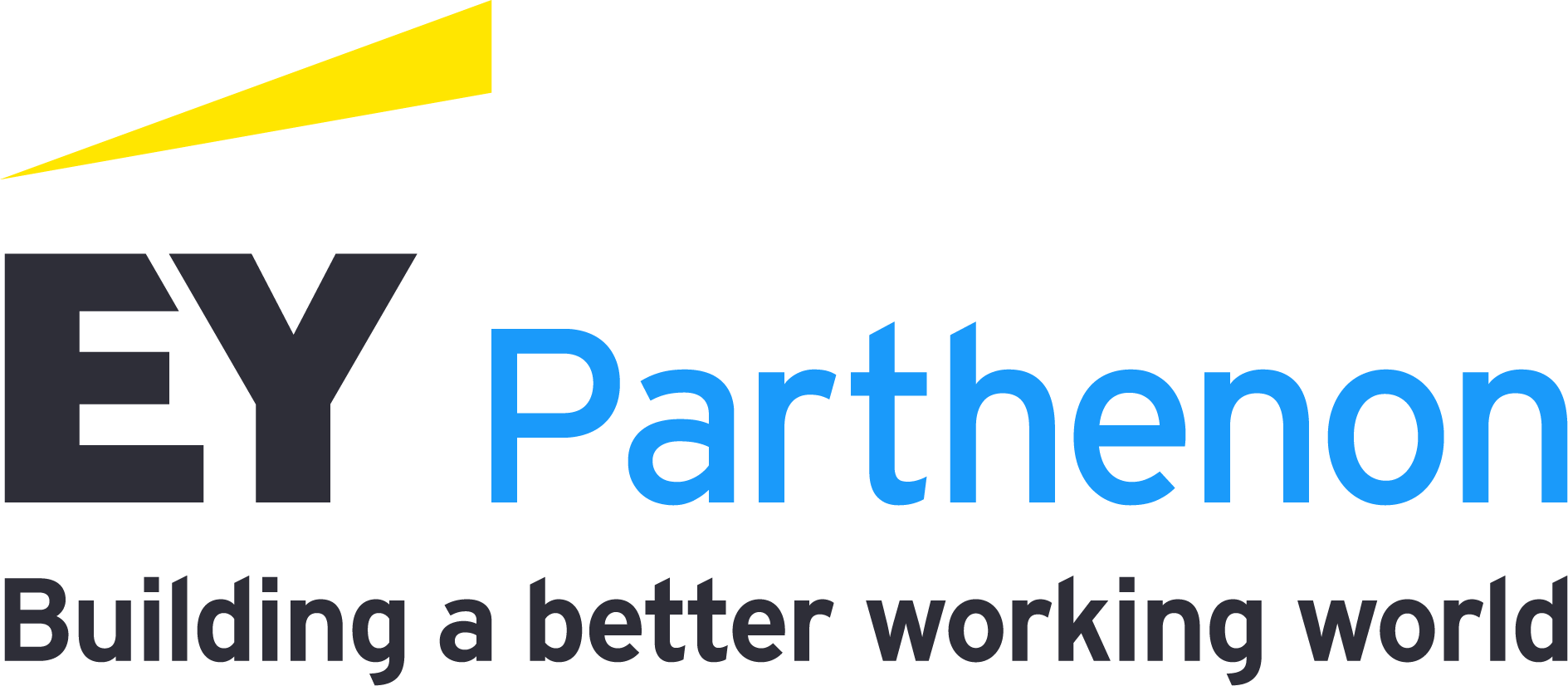The problem
Traditional marketing methods are not able to comprehensively process and draw conclusions from all the data available and can miss trends in customer clusters. The result is broad, ineffective one-size fits-all outreach.
The solution
GenAI can process unstructured and fragmented data and empower marketers to develop more nuanced marketing strategies, including personalized messages, product recommendations, pricing, incentives, and other content that may resonate, incentivize loyalty and result in purchases. GenAI can reveal new areas of demand and enable brands to develop unique personality and likeability.
The impact
While marketing automation has advanced, a GenAI marketing campaign can help target customers better and create content at a lower cost. More broadly, because GenAI can help advance understanding of customer intent, it can be used to increase loyalty and revenue through higher quality leads and content.








